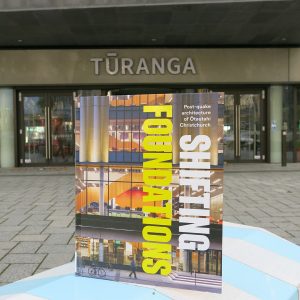 Shifting Foundations: Post-quake architecture of Ōtautahi Christchurch shares the recovery story of our city through an architecture lens and was recently released by Freerange Press.
Shifting Foundations: Post-quake architecture of Ōtautahi Christchurch shares the recovery story of our city through an architecture lens and was recently released by Freerange Press.
Thanks to Freerange Press, we have a copy to giveaway - just tell us what's your favourite post-quake building (open to library customers, the competition closes on Monday 15 May at 5pm. The winner was drawn and announced on Wednesday 17 May 2023.)
The winner was Alex van den Broek, who picked Tūranga as his favourite new building in Christchurch:
"Well it has to be Tūranga! It is completely free to walk in and you get treated like a human whenever you walk in. Most buildings that cost that sort of money would require a $100 ticket. I love the space, location, look, books and technology. But most of all I love the access."
Other entrants picked the Rehua building at the University of Canterbury, Ao Tawhiti, Te Pae, the Pacific Tower, the Observatory Hotel, and a special shout out for the SHIFT exhibition at the Canterbury Museum.
Shifting Foundations celebrates the architecture that has emerged over the course of the rebuild via a series of carefully crafted essays, building profiles, and engaging photographs. It highlights just how far we have come as a city, and where we need to look to next.
Put together by a team of passionate individuals from across the local architectural community, Shifting Foundations explores what key buildings and spaces in Ōtautahi say about our city, both as a place and a people. It does so by delving into several recurring themes, including:
- the need for people to see their values, voices, perspectives and cultures expressed in built form
- our shifting awareness of our relationship with nature
- the value of our heritage buildings
- the role of transitional architecture as a stimulus for community
- and the growing recognition of the value that comes from including Tangata Whenua in projects
Local architect Charlotte Hoare
I was lucky enough to be able to catch up with one of the book's contributors, Charlotte Hoare, a local architect who was involved in several key projects throughout the rebuild. I was eager to chat with her about one of the ideas she explores in the book - the way in which we use buildings as markers to orient ourselves in the landscape.
We talked about how there's been a strong shift in the focus for our city post-quake, back towards Ōtākoro (the Avon River). The winding river corridor has once again come to play a significant role in how we inhabit and move through Ōtautahi, mirroring the key navigational role it played for Ngai Tāhu prior to European settlement. Charlotte pointed out that the way in which the city has 'turned' towards the river corridor is one of the key urban moves made in the rebuild.
Central to this move is the development of Te Papa Ōtākoro, the Avon River Precinct. It has incorporated ecological interventions to enhance the health and mahinga kai properties of the awa (river), artworks and pepeha along the corridor, and a promenade that prioritises the movement of pedestrians and cyclists through the the city. It is a key public area, or urban 'spine', that has shifted how we interact with the green spaces, the water and the buildings in our city.
I also asked Charlotte about where she saw the next big challenge for Christchurch, and what she was excited about for our architectural future. Front of mind for her was the sustainability and resilience of our cities' building stock, a reduction in our carbon footprint and the potential role of architectural technology in these areas. She pointed to the Kahukura Building at Ara Institute as a model for our future direction to develop from. Engineered timber is used to form the innovative frame and facade structure, and locally grown timber for the linings. This helps sequester large amounts of carbon. In addition the building's energy load is lowered through the use of photovoltaic solar panels, solar hot water usage, rainwater harvesting and mixed-mode natural ventilation. Housing the Architectural and Engineering schools, the building also functions as a learning tool, immersing future generations of building professionals in an environment that celebrates the full potential of these types of technology.
To tie things up, we briefly touched on the impact Ōtautahi's rebuild has had on contemporary New Zealand architecture. Charlotte reflected on the way in which it has created change in certain areas, particularly around the involvement and input of mana whenua in projects. She feels this has led to the evolution of more localised architectural dialects, bringing about the creation of buildings that are starting to better reflect their sense of place and respect for their natural environment.
To experience some of the places and spaces featured in the book first-hand, tune in to one of ChristchurchNZ's self-guided architectural and cultural audio walks, or book yourself in to one of the tours in the upcoming Open Christchurch festival. Charlotte is particularly looking forward to taking a look behind the scenes at the New Brighton Surf Life Saving Club.
You can also check out some of the buildings featured in this book on our upcoming Sketch Tour. We'll be creatively exploring some of Sir Miles Warren's most iconic Christchurch buildings - classic examples of the Christchurch Modern and Brutalist styles.


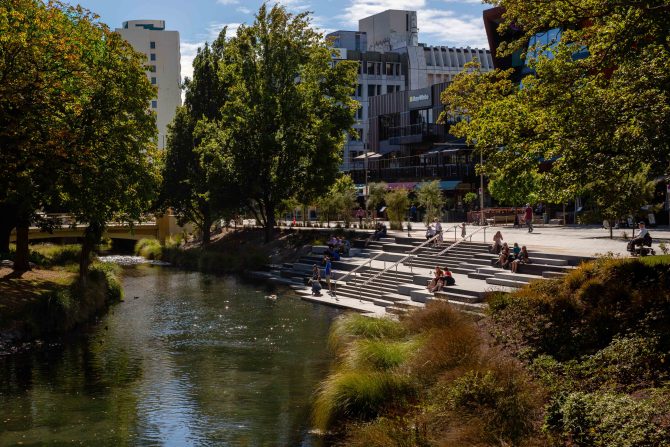
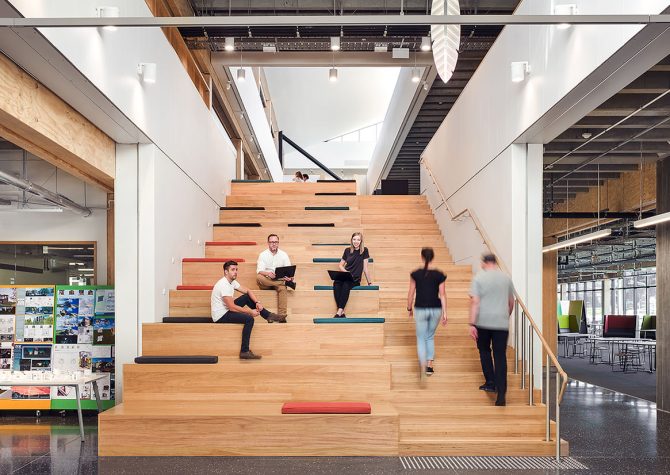
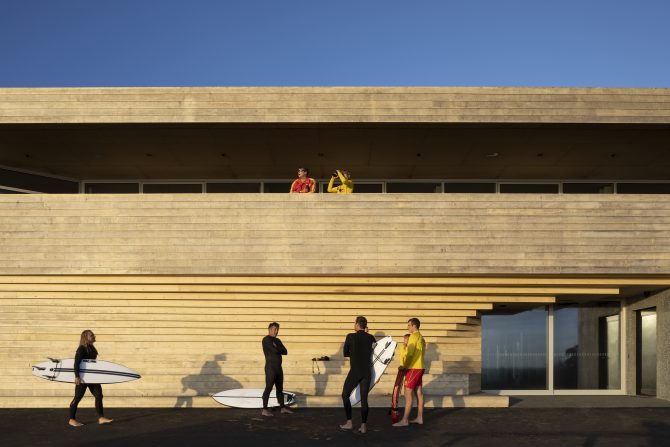
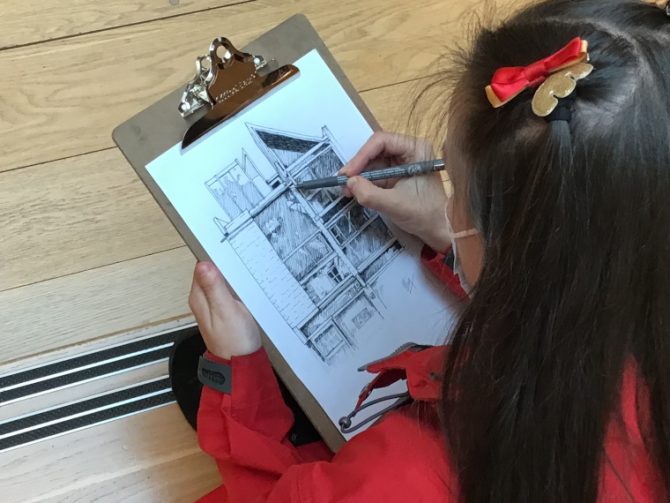

Add a comment to: Win a copy of Freerange Press’s new book Shifting Foundations: Post-quake architecture of Ōtautahi Christchurch